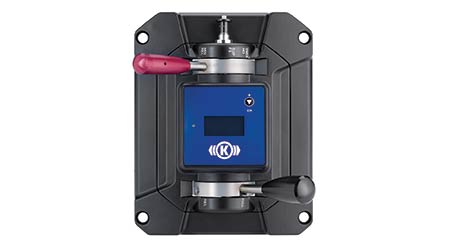Stay updated on news, articles and information for the rail industry
12/9/2016
New York Air Brake: Computer Controlled Brake

Deployed on four out of every five new locomotives manufactured in North America — and achieving an incident rate of less than one per 200 locomotive years — New York Air Brake’s Computer Controlled Brake (CCB ) is "the most accepted and reliable brake control system on the market."
Looking ahead, the system’s software and hardware are also "ideally suited" to helping railroads meet the safety goals of the continent’s emerging PTC system.
One example pertains to software modifications that enable CCB to function in a PTC environment and, more specifically, CCB’s ability to receive, process, and implement PTC-originated brake commands (aka: messaging). First, and ever mindful that different railroads will implement PTC at different rates, NYAB’s CCB brake-control systems were specifically designed with PTC software upgrades in mind.
Second, the company’s PTC upgrade has been fully tested. Third, NYAB’s PTC upgrade package was developed for adoption by all customers, while still providing additional configurability to adapt to specific customer requirements. And, most importantly, deployment of the company’s PTC upgrade is fast, easy, and familiar — being modeled on other CCB brake control software upgrades and requiring no new maintenance, diagnostic or training procedures.
Parallel to PTC-focused software upgrades, CCB brake-control hardware also offers enhancements aimed at increasing reliability and operator control. The system’s new electronic brake valve, for example, is now available in desktop and bulkhead configurations. The unit also has fewer parts, offers non-contacting handle sensors, and features an IP55 rating that provides environment protection of the unit and delivers a 20-year service life.


 2025 MOW Spending Report: Passenger-rail programs
2025 MOW Spending Report: Passenger-rail programs
 Gardner steps down as Amtrak CEO
Gardner steps down as Amtrak CEO
 Guest comment: Oliver Wyman’s David Hunt
Guest comment: Oliver Wyman’s David Hunt
 Women of Influence in Rail eBook
Women of Influence in Rail eBook
 railPrime
railPrime




